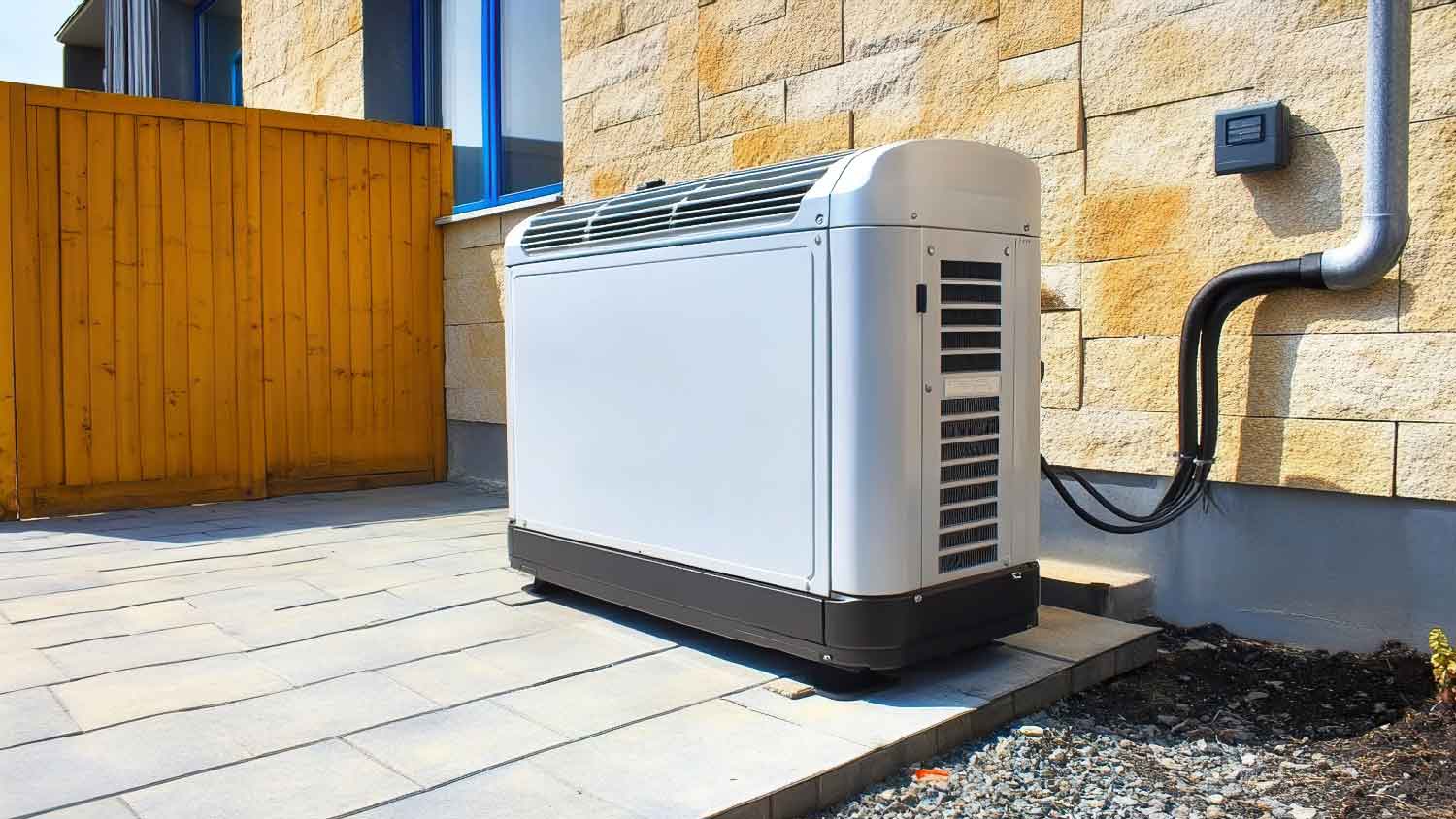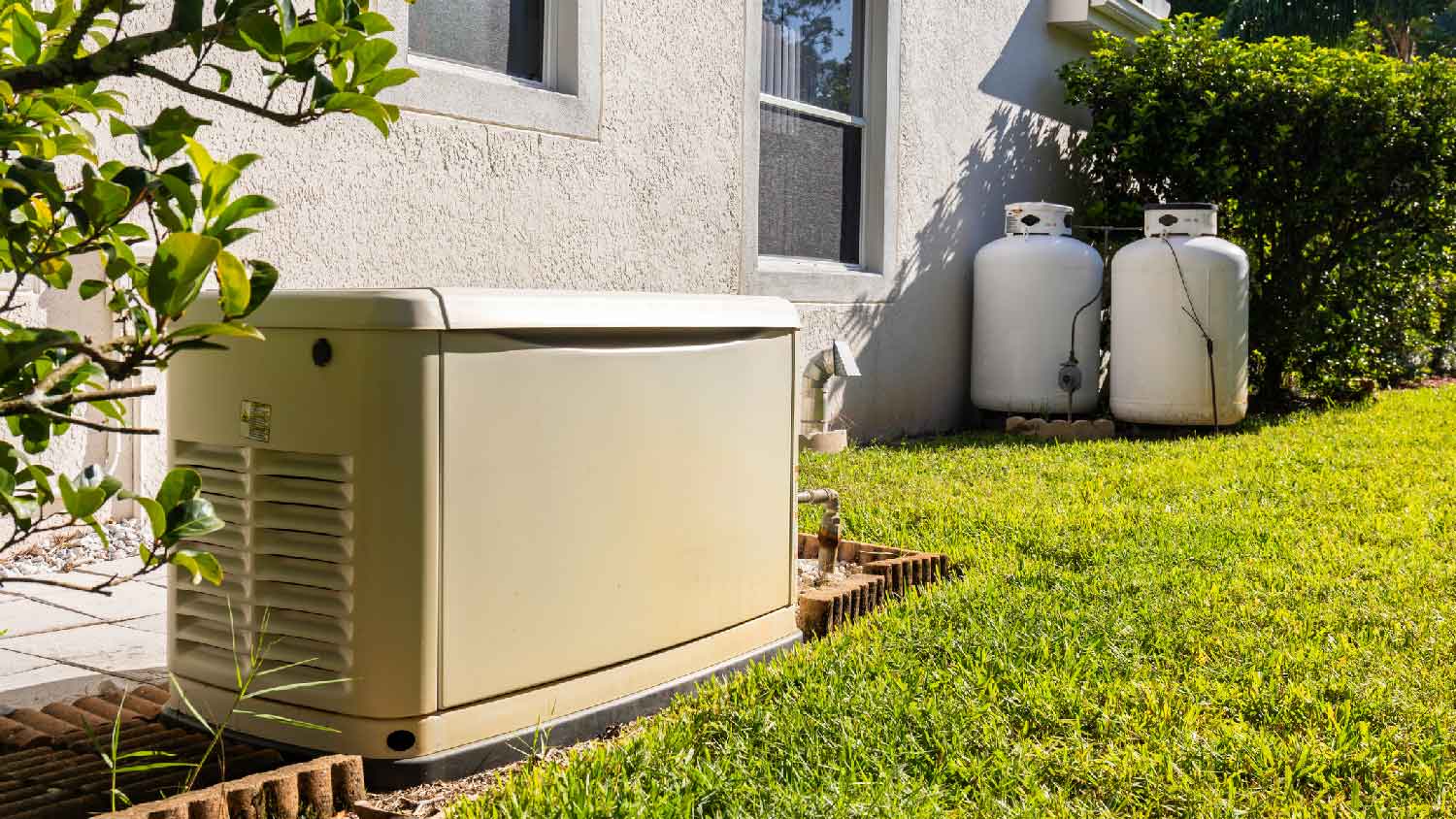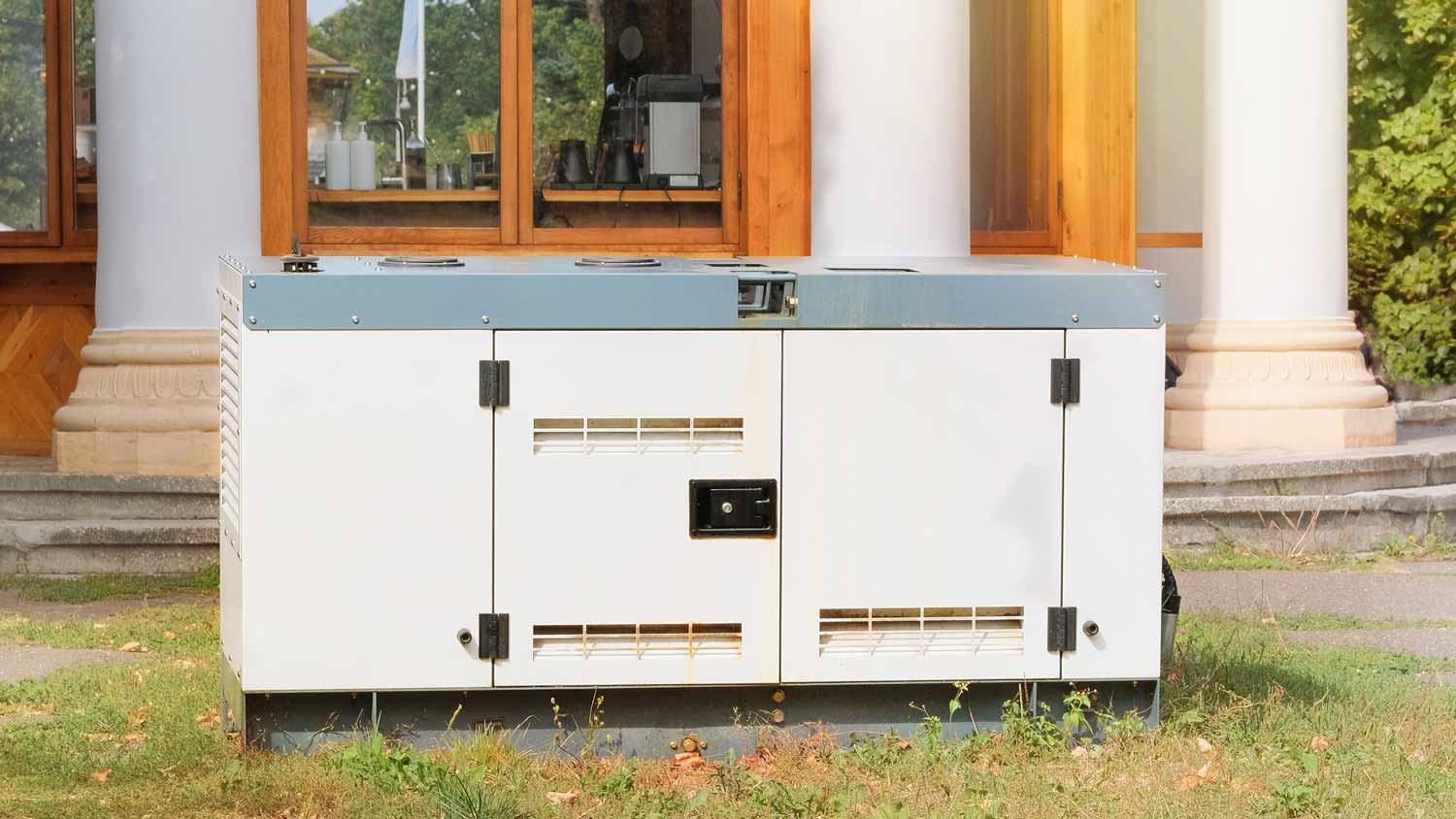Choosing a Generator for Hurricane Season: A Complete Guide
Take back your power if the storm hits close to home


Choosing the right generator to use during a hurricane depends on your budget, power needs, and fuel availability after the storm.
Small inverter generators offer a quiet, fuel-efficient solution for short outages, while portable generators can power multiple rooms with proper fuel storage.
Whole-house standby generators provide automatic, long-term power backup but require a significant upfront investment.
Preparedness is an absolute necessity for hurricane season, especially when it comes to powering your home. You’ve likely considered a backup generator to help you weather the storm, but with so many different types out there, it can be challenging to narrow down your options. So, what is the best generator to use during hurricane season? Let’s review what to consider and how to choose the right generator for your home.
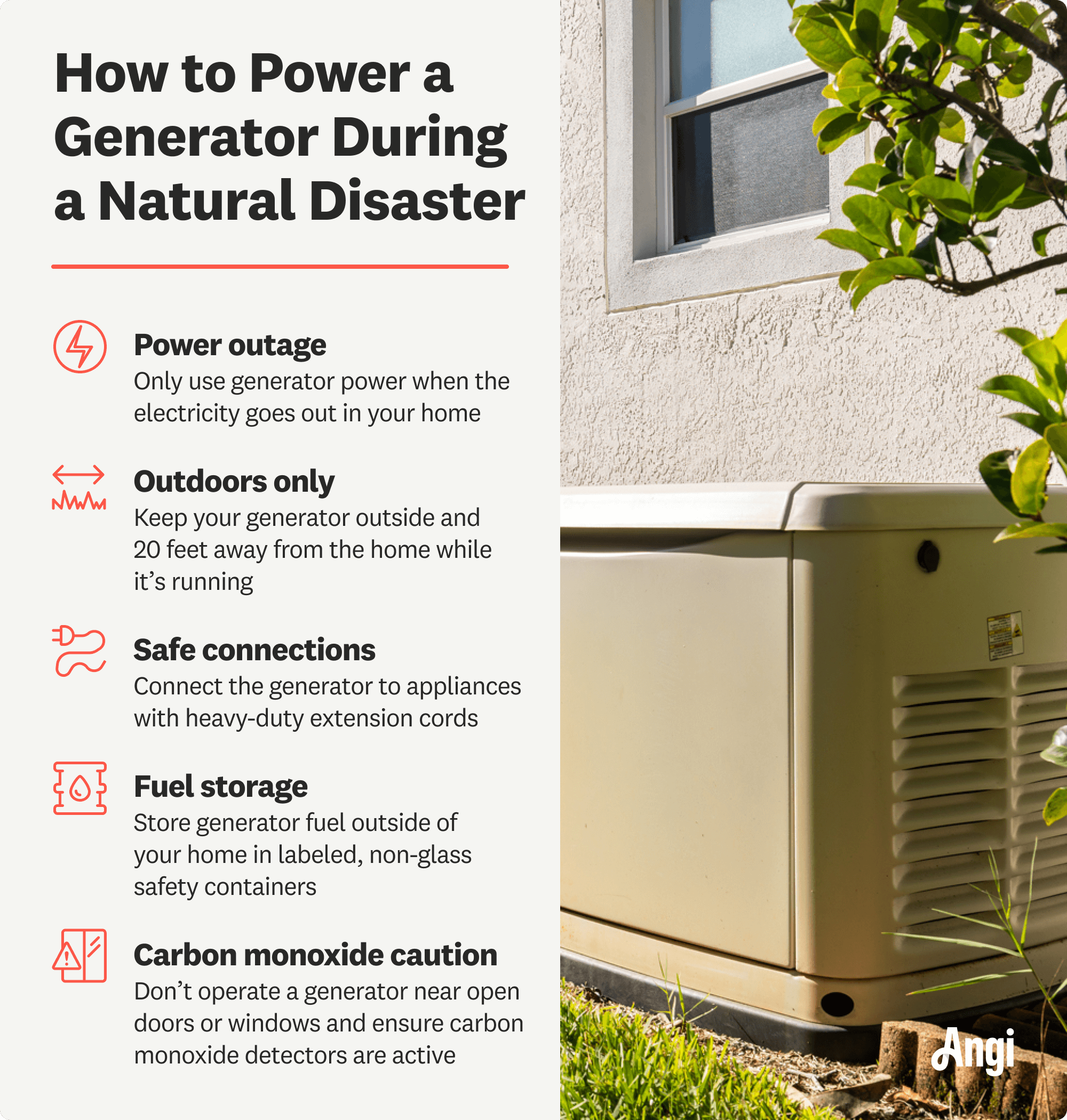
Types of Generators for Hurricanes
The main types of generators to use in the event of a hurricane are portable, inverter, and whole-house generators. Here’s how they compare.
Portable Generators
Portable generators are a budget-friendly choice for temporary power needs during a hurricane. They’re ideal for running electronic devices, small appliances, and critical equipment during an outage. As a bonus, there are other uses for these generators, such as providing a power source for camping trips or outdoor events. However, they require a significant amount of fuel, which may be difficult to find after a storm, and take up a lot of storage space.
Inverter Generators
Compact, quiet, and fuel-efficient, inverter generators produce between 800 and 5,000 watts of power, making them ideal for short-term power outages during a hurricane. This type of generator can keep a refrigerator running or power small appliances, but they won’t support a central AC system. Some models allow parallel operation, letting you combine two units for extended power. While they’re not designed for whole-home use, they provide a reliable and efficient backup option for short-term hurricane relief.
Whole-House Standby Generators
The ultimate solution for long outages during a hurricane, whole-house generators turn on automatically when the power goes out. They can run for days or even weeks on natural gas or a full propane tank, making them ideal for hurricane-prone areas. However, they are the most expensive option, ranging from $1,520 to $8,815. It’s necessary to weigh the pros and cons and determine whether installing a whole-house generator is worth it for your home.
How to Choose the Right Generator Size
Whether you’re purchasing a portable generator or installing a whole-house generator, it’s crucial to select the right size to power all of your home’s necessary electronics. Generators are measured in watts or kilowatts (1 kilowatt equals 1,000 watts). For optimal performance, they should power a maximum of 80% of their total capacity.
If you’re not sure what portable or whole-house generator sizing you need, you can calculate the electrical load of your must-have appliances, such as your refrigerator, freezer, lights, and medical equipment. Then, multiply the generator’s size by .80 to ensure it can handle the load with the proper amount of capacity to spare.
| Generator Size | Wattage | Power Capabilities |
|---|---|---|
| Small | 1,000–10,000 watts | Lights, refrigerators, fans |
| Medium | 15,000–22,000 watts | Major appliances, sump pumps, AC units |
| Large | 22,000+ watts | HVAC systems, electric overs, water heaters |
Generator Fuel Types
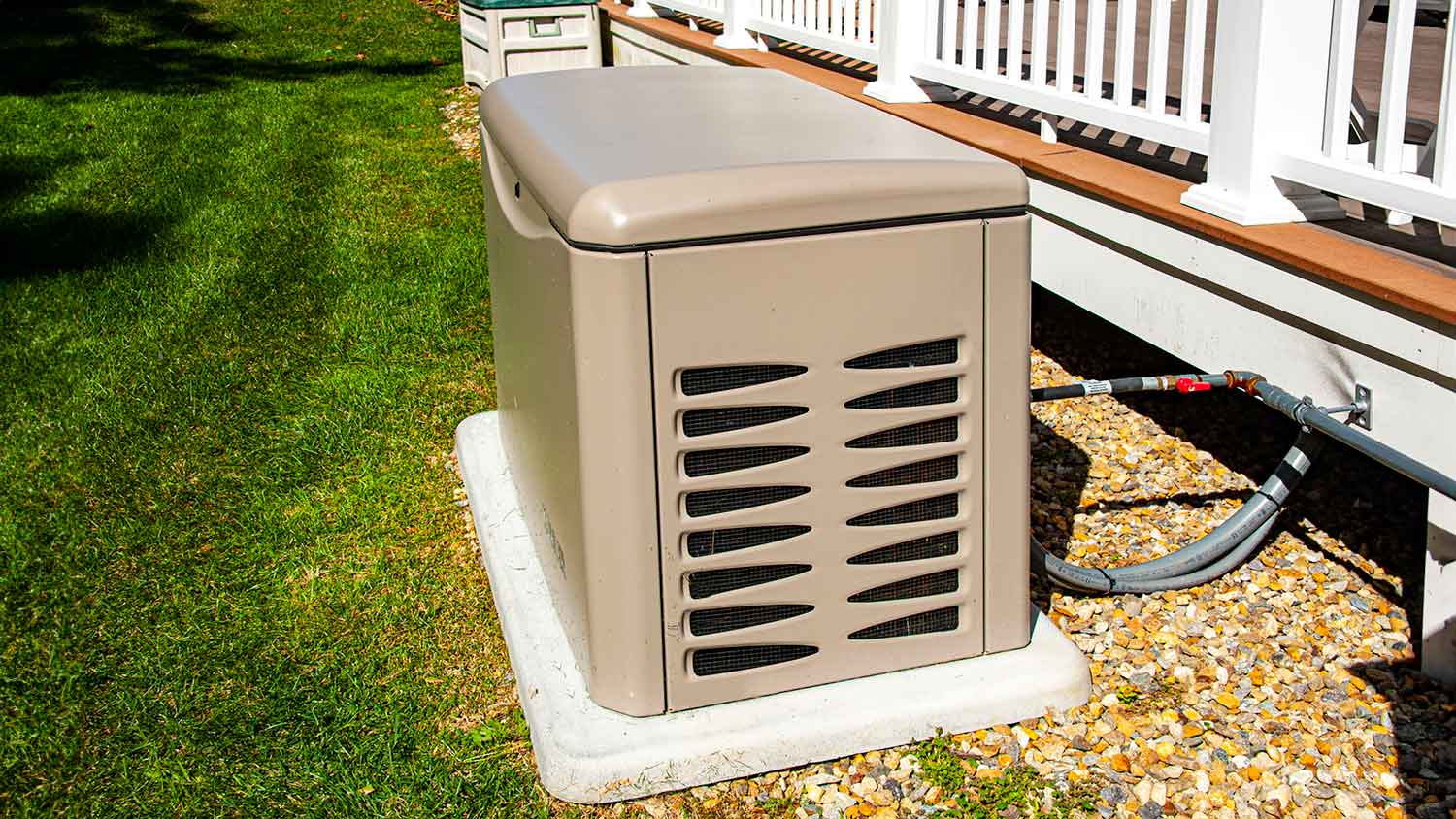
Choosing the right generator fuel depends on availability, storage life, and efficiency. Some fuels are easier to find during emergencies, while others offer cleaner energy or a longer shelf life. Here are the most common generator fuel types and the advantages of each.
Gasoline
Gasoline is a popular choice due to its affordability and easy availability. However, it has a short shelf life of about one year and it can be difficult to obtain during severe weather events. If you rely on gasoline, consider storing extra fuel in approved containers. Proper storage and rotation can help ensure you have a usable supply when needed.
Diesel
Diesel generators are known for efficiency and durability, with fuel that lasts six months to one year when stored correctly. While diesel is flammable, it has a lower ignition risk compared to gasoline. However, diesel generators tend to be louder and produce more emissions. Despite these drawbacks, diesel remains a reliable option for backup power.
Propane
Propane, available in liquid or vapor form, is a clean-burning fuel commonly used in inverter generators. Unlike gasoline and diesel, propane does not degrade over time, making it a great long-term storage option. It also performs well in cold weather and might be easier to find after storms when other fuel sources are scarce.
Solar-Powered Generators
Solar-powered generators offer clean, renewable energy with no emissions, making them safe for indoor use. Many come with solar panels to enhance power output, but they depend on sunlight and have lower energy capacity compared to fuel-based options. While not ideal for high-power needs, solar generators can still work well for small electronics and emergency backup.
Battery-Powered Generators
Battery-powered generators, often paired with solar or inverter technology, provide a quiet and eco-friendly power source. They’re safe for indoor use, but typically have lower power output and longer recharge times.
Preparing for Hurricane Season
Preparing for a hurricane requires a solid plan and essential supplies to keep you and your family safe.
Create an emergency kit: Assemble an emergency kit with a seven-day supply of food, water, medications, flashlights, and hygiene items.
Backup power: Keep backup power sources like a generator, solar chargers, and extra fuel ready to go, bearing in mind the shelf life of whatever type of fuel you’re using.
Seal important documents: Store important documents in a waterproof container and have emergency cash on hand in case card readers and ATMs break down during the storm.
Create an evacuation and communication plan: Assign family members specific tasks, map multiple escape routes, and designate an out-of-state emergency contact. Charge electronic devices in advance, and if evacuation orders are issued, leave immediately.
Secure your home: Protect your home by trimming trees, reinforcing doors and windows, and removing outdoor objects that could become dangerous in high winds.


